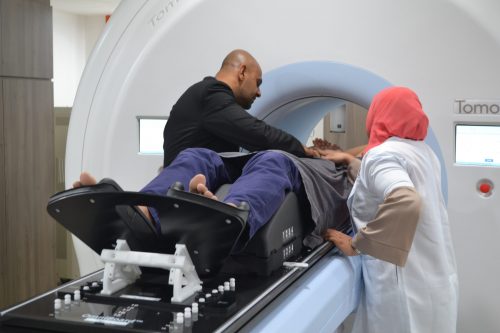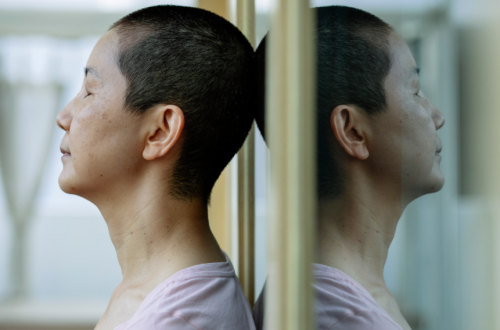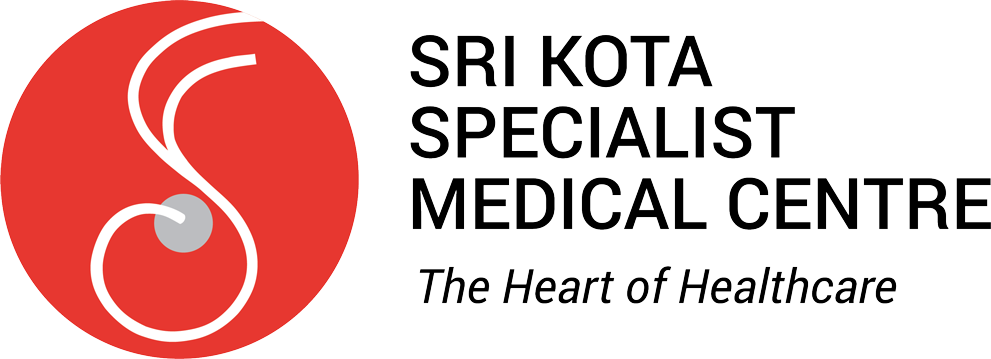Breast Cancer Myths And Facts
Breast Cancer Awareness Month is celebrated in October. Breast cancer is the most frequent type of cancer in Malaysian women, and it can be a daunting issue. Breast cancer affects approximately one in every twenty Malaysian women.
Female breast cancer accounts for one in every ten new malignancies diagnosed worldwide each year, and it is the most frequent disease in women in both developing and developed countries. It is also the leading cause of cancer death in women worldwide.
According to the Malaysia National Cancer Registry Report (MNCRR) 2012-2016, around 34 women out of 100,000 were diagnosed with breast cancer between 2012 and 2016, compared to approximately 31 women between 2007 and 2011.
Men can also get breast cancer with a reported incidence of one per cent and are thought to behave similarly in both genders.
Cancer support groups can help patients, survivors, and caregivers cope, share personal experiences, and learn from one another in a secure setting.
Early detection and effective medical treatment have the potential to save lives. Don’t be scared to ask your doctors questions in order to better understand breast cancer and treatment alternatives.
It is important to differentiate between myths and facts about breast cancer. In this article, Sri Kota Specialist Medical Centre’s Consultant Oncologist, Dr Malwinder Singh Sandhu addresses the subject and misconception; while Breast Cancer Welfare Association Malaysia (BCWA) President, Ms Ranjit Kaur shares the importance of support groups in relation to breast cancer support groups, role and benefits.
Myth #1: A lump in the breast means you have breast cancer
Fact: Firstly, a lump in the breast does not mean it is cancer. Only 20 per cent of breast lumps are cancerous. The other 80 per cent of lumps are benign (non-cancerous) such as cysts and fibroadenoma. Some lumps come and go during a woman’s menstrual cycle. You should be worried if the lump is hard, not moveable, and not smooth. That is why we advocate monthly self-breast examinations.
Secondly, you can still get breast cancer without a palpable lump. This happens in early-stage cancers. This is another reason why regular screening mammogram is so important to detect early-stage cancers.
Myth #2: Women with breast cancer have a family history
Fact: Most women who have breast cancer have no family history of the same. However, women with a family history of breast cancer are in a higher risk group. There are only about 10% of individuals diagnosed with breast cancer have a family history of this disease.
- If you have a first degree relative with breast cancer: If you have a mother, daughter, or sister who developed breast cancer below the age of 50, you should consider some form of regular diagnostic breast imaging starting 10 years before the age of your relative’s diagnosis.
- If you have a second degree relative with breast cancer: If you have had a grandmother or aunt who was diagnosed with breast cancer, your risk increases slightly, but it is not in the same risk category as those who have a first degree relative with breast cancer.
- If you have multiple generations diagnosed with breast cancer on the same side of the family, or if there are several individuals who are first degree relatives to one another, or several family members diagnosed under age 50, the probability increases that there is a breast cancer gene contributing to the cause of this familial history.
Myth #3: Breast cancer only affects older women
Fact: Breast cancer can affect women of any age. Although breast cancer most commonly affects women between 50 and 60 years old, it can also occur in women less than 40 years old and the elderly. About 26 per cent of Malaysian women with breast cancer are below 45 years old and 3.9 per cent occur in those above 75 years of age. However, studies have shown that the elderly do just as well as younger women if they receive appropriate treatment. Therefore, age alone should not be a barrier to receiving treatment.
 Studies have shown that elderly do just as well as younger women if they receive appropriate treatment.
Studies have shown that elderly do just as well as younger women if they receive appropriate treatment.
Myth #4: Hormone Replacement Therapy (HRT) does not increase the risk of breast cancer
Fact: Most types of HRT increase the risk of breast cancer. But the risk is higher for those using combined HRT, which uses both oestrogen and progestogen. Taking HRT for 1 year or less only slightly increases breast cancer risk. However, the longer you take HRT the greater the risks are, and the longer they last. The risk of breast cancer due to HRT can also vary from person to person. Things such as what age you are when you first start taking HRT, other medicines you may be taking, and your general health can impact the risk. People who begin HRT before or soon after menopause may have a bigger risk than those who start HRT later.
Myth #5: Breast cancer can be cured with new advanced treatment techniques
Fact: Breast cancer can only be cured if the cancer is detected early. If cancer has spread to other organs the chance of cure diminishes. However, with newer technological advances such as targeted therapy and immunotherapy, we are able to treat cancer like any other chronic illness such as diabetes and hypertension. The survival for advanced-stage breast cancer has increased over the years compared to 20 years ago.
 Breast cancer can only be cured if the cancer is detected early.
Breast cancer can only be cured if the cancer is detected early.
Myth #6: Mammograms prevent breast cancer in women
Fact: A mammogram is an X-ray of the breast. For many women, mammograms are the best way to find breast cancer early, when it is easier to treat and before it is big enough to feel or cause symptoms. Having regular mammograms can lower the risk of dying from breast cancer. Currently, a mammogram is the best way to find breast cancer for most women of screening age.
Myth #7: Healthy diet prevent breast cancer
Fact: Eating more vegetables and fruits may work in several ways as part of an overall healthy eating pattern and lifestyle to reduce breast cancer risk. Excess body fat does increase the risk for postmenopausal breast cancer. Therefore, substituting low-calorie vegetables and fruits for foods high in calories can help, because research strongly supports this key step in weight management. The strongest effects seem to come from reaching and maintaining a healthy weight, getting regular physical activity and minimizing alcohol consumption. For all these reasons, eating more vegetables does make sense as one part of an overall lifestyle to reduce breast cancer risk and promote overall health.
Myth #8: Using antiperspirants and under-wired bras cause breast cancer
Fact: Antiperspirants and deodorants are safe to use every day and they do not cause breast cancer. It is wrongly believed that aluminium and parabens in these personal care products are absorbed through the skin, or through cuts caused by underarm shaving, and cause breast cancer. Reputable organisations like the American National Cancer Institute, Cancer Research UK, the American Cancer Society and most other major authorities suggest the link between deodorant or antiperspirant use and breast cancer is unconfirmed, or simply a myth.
It is completely safe to wear a bra. There is no scientific evidence to link wearing a bra, the type of bra worn (under-wired or non-wired) or the length of time it is worn, with breast cancer risk. The authors of a new breast cancer study on post-menopausal women, funded by the US National Cancer Institute and published in the September 2014 issue of Cancer Epidemiology, Biomarkers & Prevention, said: “Our results did not support an association between bra wearing and increased breast cancer risk among postmenopausal women.”
Myth #9: Birth control pills can cause breast cancer
Fact: Current or recent use of birth control pills (oral contraceptives) is linked to a slight increase in the risk of breast cancer. Studies show while women are taking birth control pills (and shortly after), their breast cancer risk is 20 to 30 per cent higher than women who’ve never used the pill. However, this extra risk is quite small because the risk of breast cancer for most young women is low. So, even with a slightly higher risk from taking the pill, most young women are unlikely to get breast cancer. Once women stop taking the pill, their risk of breast cancer begins to decrease. Over time, risk returns to that of women who have never taken the pill.
Myth #10: An injury to the breast can give rise to breast cancer
Fact: There’s no good scientific evidence that trauma, injury or a blow to the breast can cause cancer and there’s no good explanation for how an injury could cause cancer. Sometimes an injury can cause a non-cancerous (benign) lump known as fat necrosis. This is scar tissue that can form when the body naturally repairs itself. There’s no evidence to suggest that fat necrosis can increase the risk of cancer.
Article by Dr. Malwinder Singh Sandhu,
Visiting Consultant Oncologist Clinical (Medical & Radiation).

